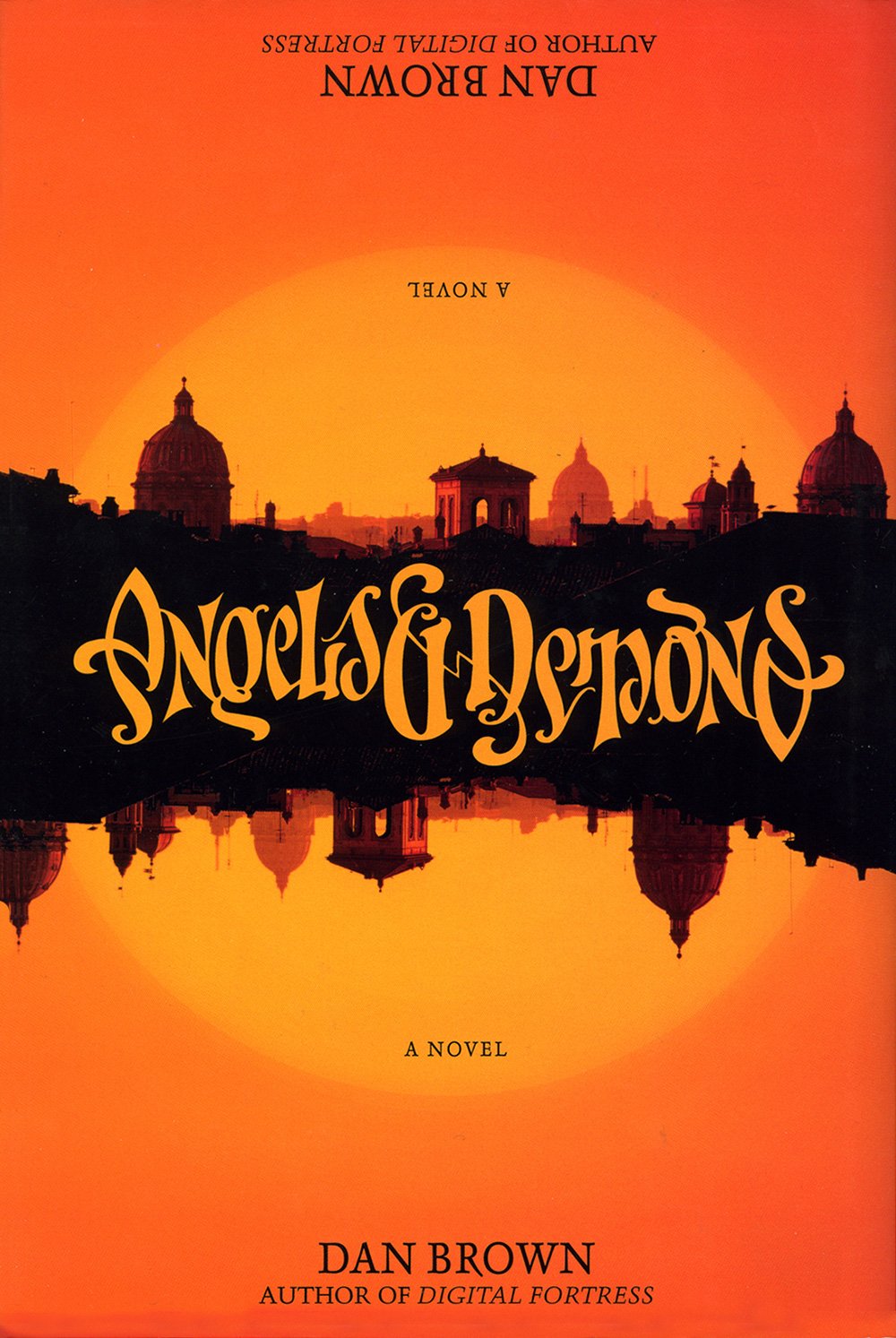A cacophony is a big old noise, and an unpleasant one at that. Looking and sounding as chaotic as what it describes, ‘cacophony’ comes from the Greek kakophōnía. That’s a mash-up of kakos meaning ‘bad’, and phōnē which means ‘voice’ or ‘sound’. So it literally means ‘bad sound’. No sugar-coating here.
In classical rhetoric (the ancient art of persuasion through language), ‘cacophony’ referred specifically to harsh or clashing combinations of sounds in speech or writing – phrases that were awkward to say, unpleasant to hear or stylistically jarring. So if a sentence was hard to say out loud or just didn’t flow well, it might be criticised as ‘cacophonous’.
‘Cacophony’ first turned up in English in the mid-1600s, when people were busy developing new types of machinery and opera. So you can see why a word for noisy noises might be useful. Its first appearance in print was in Thomas Blout’s Glossographia, one of the earliest dictionaries (published in 1656 with the subtitle ‘A Dictionary Interpreting All Such Hard Words… As Are Now Used in Our Refined English Tongue’ which I love). There it was used to describe ‘an ill, harsh, or unpleasing sound’.
Despite its unpleasant meaning, ‘cacophony’ has a classy family tree, sharing a root with ‘symphony’ – that’s the same phōnē, but this time combined with sym-, meaning together. Its antonym (a fancy way of saying ‘opposite’) is the lesser-known ‘euphony’, which literally means ‘good sound’.























